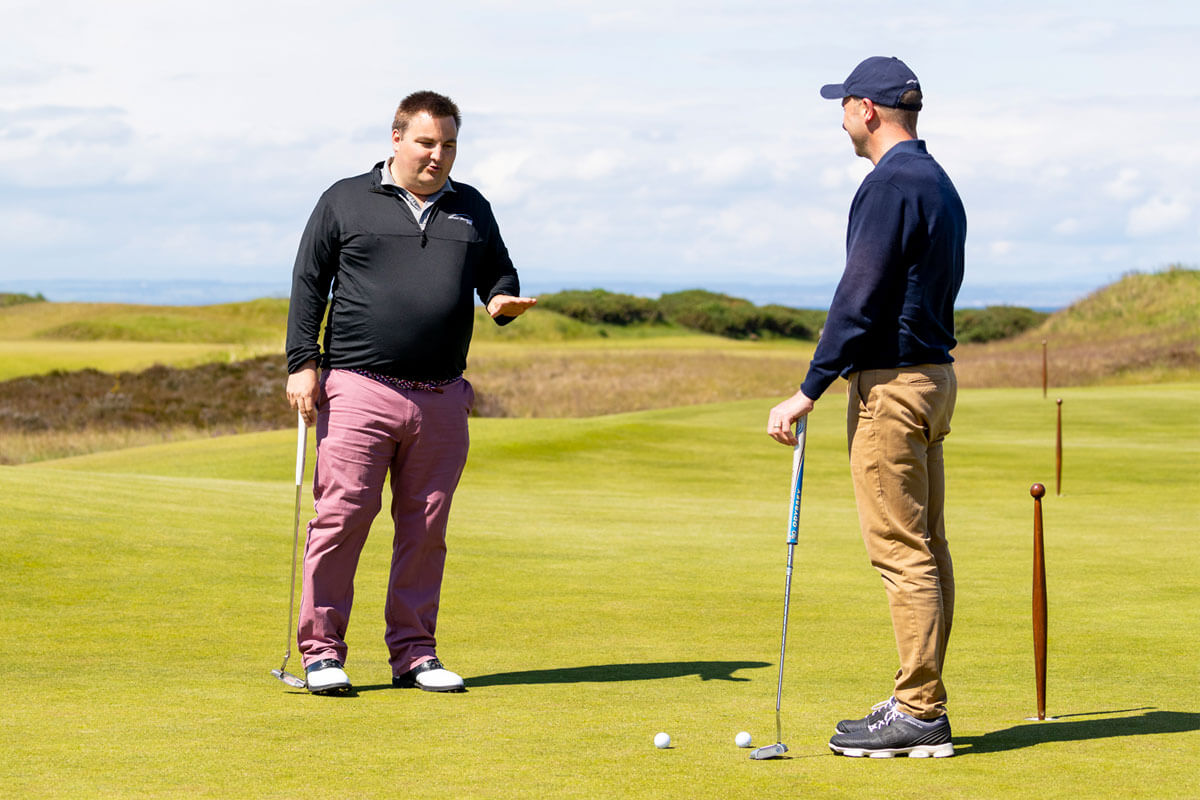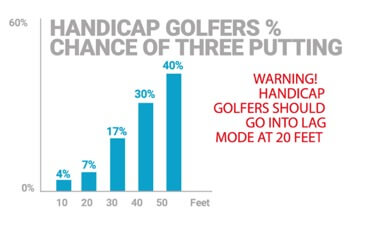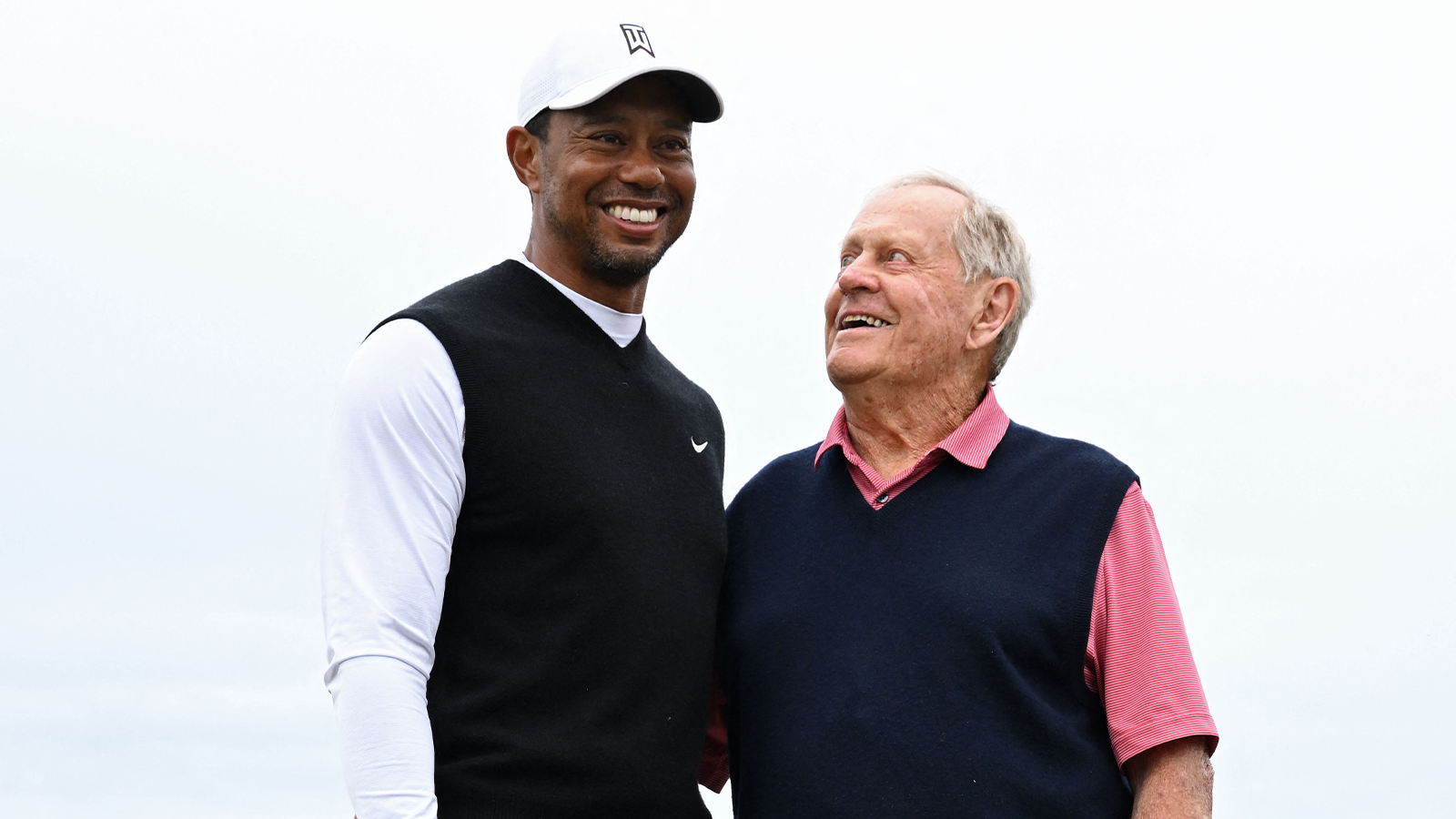Golf Instruction
Golficity Data Dive – Here’s Why Putting is Your Biggest Opportunity to Save Shots

This article is another installment in the Golficity Data Dive series, which is based on Shot Scope data analyzing more than 18 million shots recorded on more than 40,000 courses around the world. Armed with an abundance of data from amateurs golfers of all different skill levels, Shot Scope has identified some trends and patterns that higher handicap golfers often fall victim to and, with a few simple strategy changes, can help them play better, score lower and, as a result, have more fun while out on the course.
If you happened to catch Brooks Koepka’s Sunday round at the WGC-FedEx St. Jude Invitational, you witnessed how important it is to have a solid short game with the flat stick.
Indeed, Koepka led the field in strokes gained/putting at TPC Southwind, gaining more than 9 strokes on the field in the process. Additionally, Koepka also led the field in scrambling, converting more than 90% of his opportunities (11 of 12).
The takeaway here is simple: if you want to be the #1 golfer in the world, you can’t just hit the ball far off the tee, be accurate with your irons, and crafty with your wedges. No, you need to have a dependable putter to lean on when parts of your game gets a little shaky.
Unsurprisingly, Shot Scope’s data has revealed that putting offers, arguably, the biggest opportunity to save shots. In fact, if you wanted to put together a simple formula for reducing your scores, here it is: low percentages of 3-putts plus improved distance control.
And if that sounds too simple, then this stat is going to blow your mind: 84% of all putts outside of 5 feet are missed short (i.e., never had a chance of going in).
Interestingly, there doesn’t appear to be a considerable difference between 8 and 20 handicappers on 2-putts. But when you start evaluating 1 and 3-putt performance, there is a considerable difference between this same group.

A deeper dive into the stats reveal that the average first putt distance for a handicap golfer is 18.5 ft. As a result, most 3-putts are made from more than 20 ft. away. Therefore, golfers need to think “lag” around the 20 ft. mark; however, “lag” does NOT mean leaving it short.
The goal from 20 ft. should be to 2-putt and make the second putt as short as possible to reduce stress.

As mentioned earlier, minimizing 3-putts is half of the formula to significantly reducing your handicap. Notably, 8, 14, and 20 handicappers all have more 3 putts than they’d like, so there’s plenty of room for improvement.

In light of that information, average second-putt distance is where the different handicaps really separate themselves from each other. While 8 handicap golfers are leaving themselves, on average, just under 6 ft. from the hole, 20 handicappers are facing a second putt from approximately 9 ft. away.

While a 3 extra feet doesn’t sound like that big of a deal, Jordan Speith—one of the best putters in the world—only holes a 9 footer 24% of the time. In other words, things are pretty bleak from 9 feet away.
You can’t argue with the data, and, as Shot Scope illustrates, most 3-putts are the result of leaving yourself way too short.
To help minimize your three-putt percentage and, more importantly, your handicap, make speed control a priority of your practice work (perhaps with the best putting training aid out there: PuttOUT).
Player data and graphics courtesy of Shot Scope
-

 LIV Golf Tour5 days ago
LIV Golf Tour5 days agoViktor Hovland Makes His Decision on PGA TOUR Future
-

 LIV Golf Tour1 week ago
LIV Golf Tour1 week agoWATCH: Kevin Na Throws a Temper Tantrum at LIV Golf Adelaide
-

 LIV Golf Tour1 week ago
LIV Golf Tour1 week agoLIV Golf Sets New Record With Adelaide Event
-

 Fantasy Golf Predictions1 week ago
Fantasy Golf Predictions1 week agoFantasy Golf Picks, Odds, and Predictions – THE CJ CUP Byron Nelson
-

 LIV Golf Tour1 week ago
LIV Golf Tour1 week agoR&A Exec Sends STERN Message to Greg Norman Regarding Open Championship Attendance
-

 Interviews4 days ago
Interviews4 days agoGary Player Says Tiger Woods Won’t Go Down as The Greatest Athlete Ever Because of This Mistake
-

 News5 days ago
News5 days agoJack Nicklaus Makes CRAZY Tiger Woods Prediction
-

 Fantasy Golf Predictions1 day ago
Fantasy Golf Predictions1 day agoFantasy Golf Picks, Odds, and Predictions – 2024 Wells Fargo Championship










